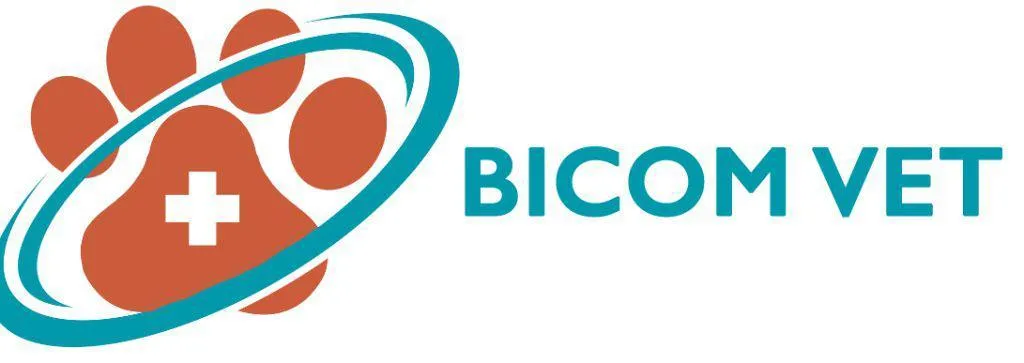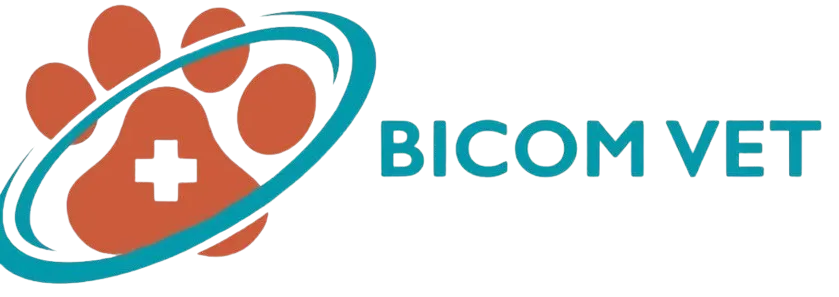
Revitalize Your Well-Being with Rife Machine Therapy
In alternative cancer treatments, the Rife machine, a brainchild of the American scientist Royal Raymond Rife, stands out with its unique approach. This intriguing device, rooted in the concept of using specific frequencies to combat cancer cells, was developed to offer a non-invasive therapy option.
Rife's pioneering work in the early 20th century, harnessing the power of electromagnetic fields and frequencies, sparked a new pathway in cancer treatment. Although surrounded by controversy and skepticism, the Rife machine remains a topic of interest for those exploring alternative methods to treat cancer.
Origin of Rife Therapy
In the 1930s, with the innovative work of Royal Raymond Rife, an American scientist. Rife's groundbreaking idea revolved around targeting and destroying cancer cells using specific frequencies. He theorized that every cell, including cancerous ones, has its electromagnetic frequency. By finding and emitting these specific frequencies, Rife believed he could selectively destroy cancer cells without harming normal cells.
Rife developed a specialized microscope to observe these frequencies and crafted the Rife machine to emit electromagnetic waves at these pinpointed frequencies. His concept was based on the principle that external electromagnetic impulses could disrupt the stability of cancer cells, leading to their destruction.
How Does Rife Machine Therapy Work?
The process of rife machine therapy is as follows:
Session Duration:
The rife machine therapy sessions usually last 30 minutes to an hour and a half. This duration allows sufficient time for the electromagnetic fields to interact with the cancerous cells, aiming to inhibit their growth.
Comfortable Setting:
During the session, clients are seated and relaxed, often with their hands or feet in contact with the Rife machine. This comfortable setup is crucial for the effective transmission of electromagnetic frequencies.
Use of Plasma Glass Tubes:
A distinctive feature of the Rife machine involves clients holding hand-held plasma glass tubes. These tubes emit radiofrequency electromagnetic fields, similar to radio waves, central to the therapy's mechanism.
Plasma Ray Tubes and RF Technology
Plasma ray tubes are integral to Rife machines, generating radiofrequency (RF) electromagnetic fields. This technology, central to Rife's methodology, aims to emit specific frequencies to target cancer cells.
The therapy seeks to disrupt cancerous cell growth by producing these targeted electromagnetic waves. The precise use of RF technology reflects Royal Raymond Rife's pioneering ideas in alternative cancer treatments, focusing on the potential of frequency-based therapy.
Wide Range of Protocols
Rife machine therapy offers a wide range of protocols tailored to individual needs. These protocols vary in frequency and duration, targeting specific organs and types of cancer cells. The flexibility in treatment options reflects an understanding of cancer's complexity.
By adjusting electromagnetic frequencies and session lengths, Rife machines aim to provide targeted treatment, potentially enhancing the therapy's effectiveness against various cancerous cells while minimizing the impact on normal cells.
Benefits of Rife Machine Therapy
Targeted Efficacy Against Micro-Organisms:
Studies indicate Rife therapy's effectiveness in targeting micro-organisms, potentially relieving conditions like Lyme disease, candida, and arthritis, showcasing its versatility in addressing various health issues.
Safety and Cell Preservation:
The non-invasive nature of Rife machine therapy ensures that healthy cells and tissues remain unharmed, contrasting sharply with more aggressive treatments like chemotherapy.
Blood Health Enhancement:
Emerging research suggests that Rife therapy may improve the ability of blood cells to carry oxygen, contributing to overall bodily wellness and improved health outcomes.
Versatility in Treatment:
The therapy's extensive range of protocols allows it to be tailored for various health conditions, making it a flexible tool in alternative treatment strategies.
Convenience in Duration:
Despite its efficacy, Rife therapy sessions are relatively short, fitting seamlessly into busy schedules and making it a practical option for those seeking efficient treatment.
These points encapsulate the key benefits of Rife machine therapy, highlighting its potential in alternative health treatments while maintaining a professional and clear tone.
Why Opt for Rife Machine Therapy?
Targeted Accuracy:
Rife Machine Therapy is meticulously calibrated to selectively target and neutralize detrimental bacteria, viruses, and parasites, ensuring precision in treatment.
Holistic Approach:
Unlike treatments focusing on a single health issue, this therapy embraces a comprehensive strategy, addressing various aspects of well-being for overall health enhancement.
Conclusion
The Rife machine, developed by Royal Raymond Rife in the 1930s, represents a unique approach to alternative cancer treatment. It utilizes electromagnetic frequencies to target and destroy cancer cells while preserving healthy cells.
With sessions lasting 30 minutes to 90 minutes, this therapy is characterized by its use of plasma glass tubes and RF technology to emit specific frequencies. Rife therapy offers customized protocols for different cancer types, demonstrating benefits such as targeting micro-organisms, preserving cell health, enhancing blood health, and offering convenience and versatility in treatment.
Its holistic, non-invasive nature makes it an appealing option for those seeking alternative treatments, whether standalone or as a supportive therapy to conventional methods. Despite controversies and skepticism, Rife machine therapy remains an area of interest in the realm of alternative cancer treatments.
Search Testimonials
It is important to remember that individual anecdotes and testimonials should not be used as the sole basis for making decisions about medical treatments or therapies.
When it comes to alternative therapies like bioresonance, it is essential to rely on evidence-based research and the advice of trained medical professionals. While some people may have positive experiences with bioresonance for their animals, it is important to approach these claims with caution and seek out reliable information from reputable sources.
Ultimately, the decision to pursue bioresonance or any other alternative therapy for your animal should be made in consultation with a veterinarian or animal health professional who can help you weigh the potential benefits and risks.
Pollen – a nuisance for our animal companions too
Hay fever patients are only too familiar with the problem. Year after year the misery begins in the spring with stinging eyes, runny itchy nose and, in severe cases, with a cough and asthma as well. What is perhaps less well known is that our animals too suffer increasingly from this same medical condition.
Just as with humans, the incidence of allergies is also becoming more frequent in animals. Allergic reactions may be provoked by airborne allergens such as pollen, house dust and house dust mites, amongst other factors. Food intolerance is also on the increase, however, and represents a distressing problem for the affected animals.
Now, in spring, as it gets warmer, allergic animals are all suffering as well. With animals it is mainly their skin which itches or else their
noses run more and they occasionally sneeze. Changes in their coats and reddening of the skin are often noticed in the face, feet and ears. These areas often display bloody claw marks and develop into very painful weeping eczema, indicating the severity of the irritation.
This type of problem in animals can be treated with the allergy programs pre-loaded in the Bicom device.
Dr. med. vet. C. May
Quick Links


Facebook
Instagram
Mail